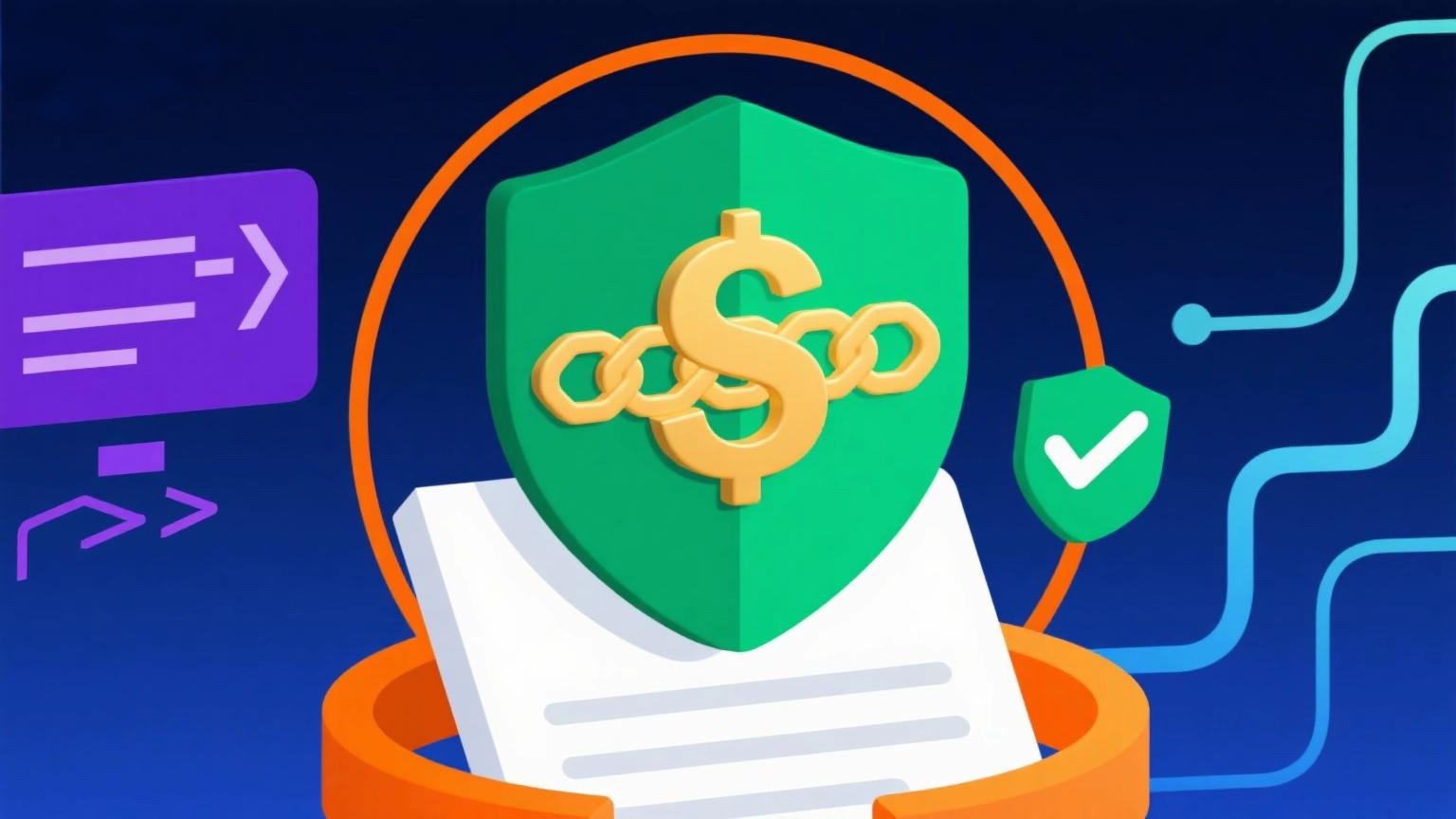
We all know that in the traditional financial world, besides lending, funds, and exchanges, there is another field closely related to us—insurance. DeFi, as a reflection of the financial sector in the decentralized world, naturally includes insurance services. So today, let’s talk about how the insurance sector works in DeFi.
In traditional finance, we usually buy insurance to guard against certain risks, such as car accidents or personal safety. Similarly, insurance in DeFi also serves to mitigate risks, but it targets common digital asset risks in the decentralized world, such as private key theft, hacker attacks, or smart contract vulnerabilities being exploited.
DeFi insurance refers to insurance protocols based on immutable, automatically enforced smart contracts.
Simply put, in traditional insurance, you first need to find a third-party insurance company, pay the corresponding fees, and then sign an agreement with it. The insurance company acts as the guarantor, and once an event covered by the agreement occurs, the company will provide compensation. The entire process revolves around the third-party insurance company.
DeFi insurance, on the other hand, removes this centralized insurance company and replaces it with smart contracts programmed to execute insurance functions. Thus, DeFi insurance is more like an execution tool written in code.
But this raises a new question! The essence of insurance lies in risk transfer—shifting risk from those unwilling to bear it to those willing and capable. In traditional insurance, the third-party institution naturally assumes the risk. But since DeFi insurance is decentralized, who takes on this risk?
Let’s now discuss how DeFi insurance operates in practice:
The business logic of DeFi insurance is quite different from traditional insurance. Currently, mainstream DeFi insurance adopts a mutual aid model, where a decentralized user organization replaces the insurance company in assuming the guarantor role.
Like traditional insurers, DeFi insurance covers many projects, and each project has a corresponding claims pool that anyone can join.
As long as someone contributes funds to the pool, they become a guarantor for that project. If the project later faces risks like hacker attacks or bugs, everyone in the pool shares the risk and compensates accordingly.
While guarantors bear the risk, they also gain higher returns. Whenever a user purchases DeFi insurance for a certain period, everyone in the pool receives a share of the premium as profit.
The entire process—review, claims, fund locking, and release—is executed by smart contract programs. Therefore, rather than calling it DeFi insurance, it’s more accurate to describe it as a peer-to-peer insurance organization.
In summary, DeFi insurance is indeed a significant financial innovation. It opens up new possibilities, and perhaps as time progresses, insurance companies may one day be disrupted, with everyone taking on this role to share both the risks and rewards of insurance.
















